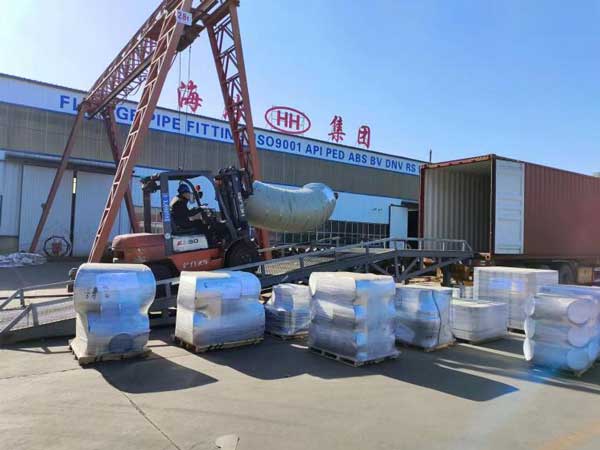The influence of silicon on steel performance
Silicon is primarily used in steel as a deoxidizer, effectively removing oxygen and improving the purity of the steel. In addition, silicon enhances the strength, hardness, and elastic limit of steel, improving its wear resistance and oxidation resistance. However, excessive silicon content can reduce the plasticity and toughness of steel, affecting its workability. Therefore, silicon content must be precisely controlled during the design phase to balance these properties.

HAIHAO GROUP
Effect on Steel Microstructure and Heat Treatment
1.As an alloying element, silicon is typically present in steel in amounts not less than 0.4%, existing in a solid solution form within ferrite or austenite, narrowing the austenite phase region.
2.Silicon raises the temperatures required for annealing, normalizing, and quenching, and in hypoeutectoid steels, it increases hardenability.
3.Silicon has a strong tendency to promote the graphitization of carbon, making it easier for graphite to form in medium and high-carbon steels with high silicon content, unless strong carbide-forming elements are present.
4.In carburized steels, silicon reduces the thickness of the carburized layer and the carbon concentration.
5.Silicon has an excellent deoxidizing effect on molten steel.
Impact on Mechanical Properties
1.Silicon significantly increases the hardness and strength of ferrite and austenite, even more so than elements like Mn, Ni, Cr, W, Mo, or V. It also substantially improves the elastic limit, yield strength, and yield ratio of steel while enhancing fatigue strength and fatigue ratio.
2.When the silicon content exceeds 3%, it significantly decreases the steel’s plasticity and toughness. Silicon also raises the ductile-to-brittle transition temperature.
3.Silicon can lead to the formation of banded structures within steel, reducing transverse properties compared to longitudinal properties.
4.Silicon improves the wear resistance of steel.
Effect on Physical-Chemical and Processing Properties
1.Silicon reduces the density, thermal conductivity, electrical conductivity, and temperature coefficient of resistance in steel.
2.Silicon steel sheets have significantly lower eddy current loss than pure iron, with lower coercivity, magnetic resistance, and hysteresis loss, and higher magnetic permeability and magnetic induction intensity. However, in strong magnetic fields, silicon reduces magnetic induction intensity.
3.Silicon improves steel’s oxidation resistance at high temperatures, but high silicon content exacerbates surface decarburization.
4.Silicon reduces steel’s weldability.

ASME B16.11 90 Degree Socket Weld Elbows
Role in Steel
1.In ordinary low-alloy steels, silicon increases strength and improves localized corrosion resistance. In quenched and tempered steels, it enhances hardenability and tempering resistance, making it one of the primary alloying elements in multicomponent alloy structural steels.
2.SiMn or SiMnB steels, with silicon content ranging from 0.5% to 2.8%, are widely used in high-load spring materials, often combined with strong carbide-forming elements like W, V, Mo, Nb, or Cr.
3.Silicon steel sheets, containing 1.0% to 4.5% silicon, are used in motors and transformers.
4.In stainless and corrosion-resistant steels, silicon is used with elements like Mo, W, Cr, Al, Ti, and N to enhance corrosion resistance and high-temperature oxidation resistance.
5.High-silicon graphite steels are used as materials for cold-work dies.
Related article:
The impact of hydrogen on steel performance
The role of carbon in steel performance
The influence of silicon on steel performance
The impact of Manganese on steel performance
The role of Boron in enhancing steel properties
The impact of Sulfur (S) on steel performance
The role of Potassium (K) and Sodium (Na) in steel

